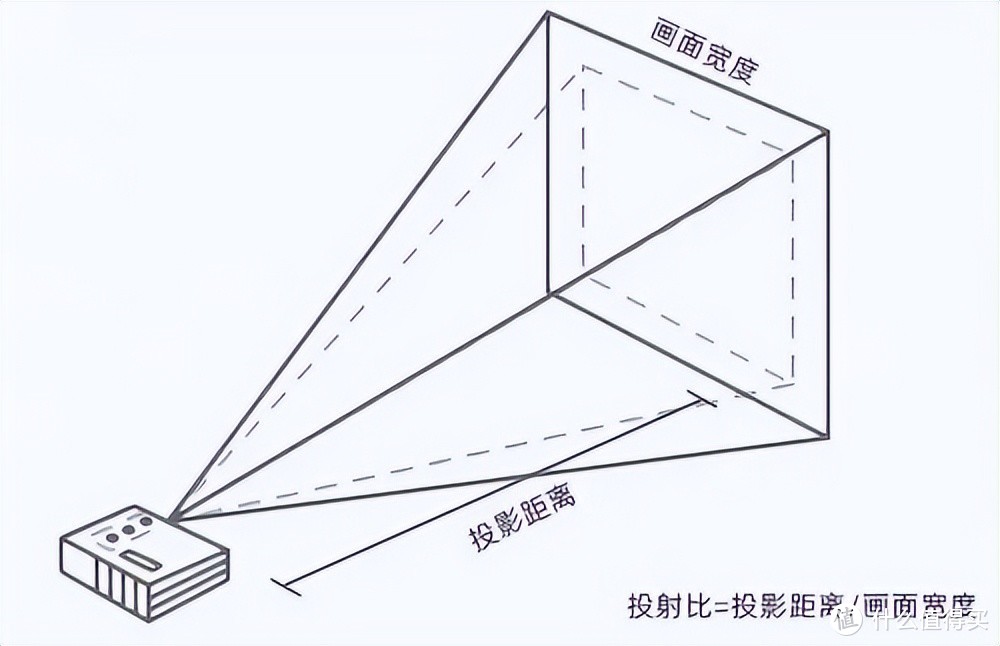Introduction
In interactive wall projection systems, especially those using LiDAR sensors for multi-target detection, choosing the right angular resolution and sampling rate is essential. These parameters determine how precisely the system can distinguish multiple targets and how smoothly it reacts in real time.
This guide explains the core principles and offers practical advice for selecting the best LiDAR configuration for multi-target indoor interactive walls.

1. Understanding Angular Resolution
Angular resolution defines the smallest angle difference that a LiDAR sensor can distinguish between two adjacent targets in the horizontal plane. A smaller angular resolution means finer target separation and more accurate detection.
Key Points:
- In multi-target environments, ensure that the angular distance between objects is greater than the LiDAR’s angular resolution; otherwise, objects will merge and cannot be distinguished.
- Advanced super-resolution algorithms (such as MUSIC, ESPRIT, ML, or DML) can enhance angular differentiation beyond traditional FFT limits.
- Higher angular resolution typically requires more sensing channels or denser scanning arrays, increasing both hardware complexity and computational demand.
- For indoor wall-interaction systems, angular resolutions between 0.1° and 1° are common, while high-end installations may demand even finer precision.

2. Choosing the Right Sampling Rate
The sampling rate determines how frequently the LiDAR sensor collects data points per second. It directly impacts distance resolution, target speed tracking, and response accuracy.
Key Points:
- According to the Nyquist sampling theorem, the sampling rate must be at least twice the maximum Doppler frequency to avoid motion blur and blind speed issues.
- A higher sampling rate improves distance accuracy and enables the LiDAR to detect fast-moving targets effectively.
- In multi-target and dynamic environments, both high sampling rate and frame rate are crucial to maintain accurate tracking.
- However, excessively high sampling rates can lead to increased data load and processing delays, so balance is essential.
3. Balancing Angular Resolution and Sampling Rate
Angular resolution and sampling rate are interdependent parameters — increasing one often requires adjusting the other to maintain stable system performance.
Optimization Tips:
- Select an angular resolution that allows clear separation of nearby targets without excessive processing overhead.
- Choose a sampling rate that supports real-time response for the expected target motion speed.
- Utilize super-resolution and filtering algorithms to enhance performance without expensive hardware upgrades.
- Always balance hardware cost, computation capacity, and accuracy requirements for optimal system design.
4. Practical Selection Recommendations
| Application | Suggested Angular Resolution | Sampling Rate (kHz) | Notes |
|---|---|---|---|
| Interactive Wall Projection | 0.5°–1° | 200–500 | Suitable for standard public spaces |
| Immersive Game Wall | 0.2°–0.5° | 500–1000 | High-speed movement and multiple users |
| Industrial Motion Detection | ≤0.1° | ≥1000 | Requires fine resolution and fast response |
5. Ensuring Stable Multi-Target Performance
To achieve smooth and accurate multi-target interaction:
- Align LiDAR sensors properly to minimize blind spots.
- Calibrate detection zones for optimal field coverage.
- Use adaptive filtering to reduce environmental noise.
- Regularly update firmware to maintain top-level performance.
Conclusion
Selecting the right angular resolution and sampling rate for your LiDAR system is crucial for building a responsive, precise, and stable multi-target interactive wall. By balancing resolution, speed, and processing power, integrators can deliver seamless interactive experiences in museums, retail stores, entertainment centers, and educational spaces.
About CPJ ROBOT
CPJ ROBOT specializes in POE interactive LiDAR sensors and service robots such as reception and navigation robots.
With advanced customization services, robust R&D capabilities, and free software testing tools, CPJ ROBOT helps clients build intelligent and interactive spaces with precision and creativity.
Explore our POE LiDAR solutions today to bring your interactive projects to life!
Contact CPJ ROBOT to get a customized solution.
Frequently Asked Questions (FAQ)
Q1: What is a good angular resolution for interactive wall projection?
A1: For standard indoor interactive walls, 0.5°–1° angular resolution is sufficient. If multiple users interact simultaneously, 0.2°–0.5° is recommended.
Q2: How does sampling rate affect LiDAR accuracy?
A2: A higher sampling rate provides better distance and motion accuracy but requires stronger processing capacity. The ideal rate depends on the application’s response speed requirements.
Q3: Can I use the same LiDAR for indoor and outdoor environments?
A3: Not always. Outdoor use requires LiDAR with higher optical power and better sunlight interference resistance.
Q4: What factors reduce detection accuracy in multi-target scenarios?
A4: Poor angular resolution, low sampling rate, excessive ambient light, or reflective interference can all reduce system performance.
Q5: Does CPJ ROBOT provide LiDAR calibration or SDK tools?
A5: Yes. CPJ ROBOT offers free calibration and testing software, enabling developers to quickly integrate and optimize interactive applications.
Build smarter interactive walls with CPJ ROBOT’s POE LiDAR today!
Contact us for professional support, testing tools, and OEM/ODM customization services.







